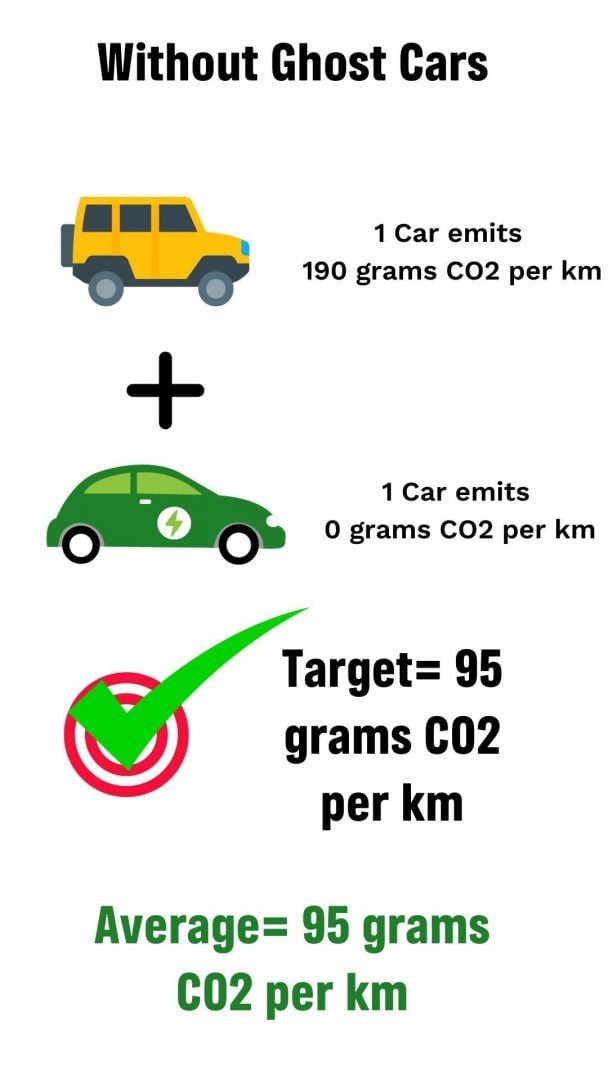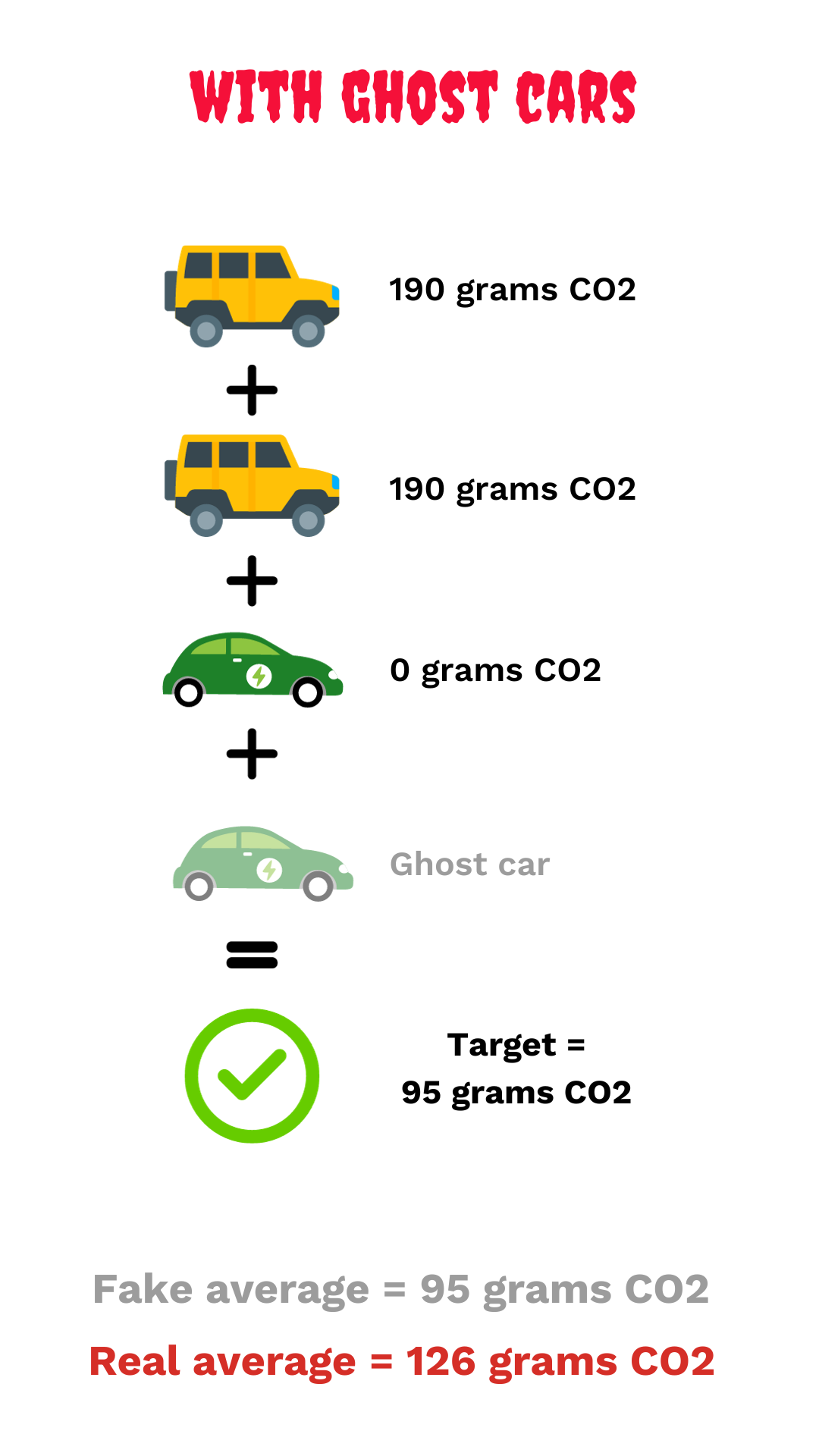‘Ghost cars’ could be driving our streets from early next year! But what are they? The short answer is that ‘ghost cars’ are an accounting loophole to let car companies continue selling inefficient petrol vehicles, instead of electric vehicles.
The long answer involves the ‘fuel efficiency standard’ which the Government has committed to introducing next year. It will regulate the emissions from every new car sold in Australia, and will help get more, cheaper EVs on our roads.
Given transport is one third of Australia’s carbon emissions, pollution from petrol cars is a health hazard and petrol prices keep going up during a cost of living crisis, that is great news for most people!
But car companies, like Toyota, who have failed to keep up with EV technology and are still making a profit from selling their petrol cars are arguing for a bunch of loopholes in the fuel efficiency standards. And that is bad news! A fuel efficiency standard riddled with holes will undermine emissions reductions, cost savings, and mean less electric vehicles for sale.
Here’s how the fuel efficiency standards should work.
Standards set a target for how much pollution each brand of car can emit on average.
Each car company tries to reduce the average emissions of the cars they sell to get below the target. If they’re below the target, they get credits. If they’re above the target, they have to pay penalties or buy credits from another company.
This means car companies have a reason to bring their most efficient petrol cars, and their electric models, to Australia. Fuel efficiency standards have been used to successfully get more EVs on the road in the US, EU and New Zealand.

So how does the ghost car loophole work?
Car companies say they should get extra credit for selling electric and hybrid cars – these are called ‘super credits’ or ‘multiplier credits’ – but we call them Ghost Cars. So when the companies add up their average, they want to count their really polluting cars once…. and count their really clean cars two, three or four times.
So for every actual electric car they sell, they also get to count free Ghost electric cars. Imagine that!
It’s great for car companies because all these ghost electric cars make their average look much better. But it means that whatever the pollution cap the Government introduces, these petrol car companies will get so many credits that they will barely have to change the vehicles they sell to us. That’s not good news for Australians who desperately want to get their hands on cleaner transport options.
So why is the Government considering using ghost cars?
Australia isn’t the first country to legislate a fuel efficiency standard. In fact 85% of the global car market already has these standards.
When other countries like the USA and EU were creating their fuel standards, electric and hybrid cars were really new technology. So car companies argued it would be easier for them to meet pollution targets by just making petrol engines more efficient than building entirely new types of vehicles, so they should get extra credits for the new types of vehicles.
But now electric vehicles aren’t new, and hybrids certainty aren’t. So the USA and EU are phasing out these credits.
Which means to meet their targets in the USA and Europe, car companies need to sell efficient vehicles and electric vehicles. Real, actual ones.
But in Australia, car companies are arguing that they should be able to keep meeting their targets with ghost cars for years and years to come.
If only our petrol bills and climate-related bushfires were imaginary too.
Ministers Catherine King and Chris Bowen, need to stand up to the petrol car companies and rule out including ‘ghost car’ multiplier credits in their proposed scheme.

